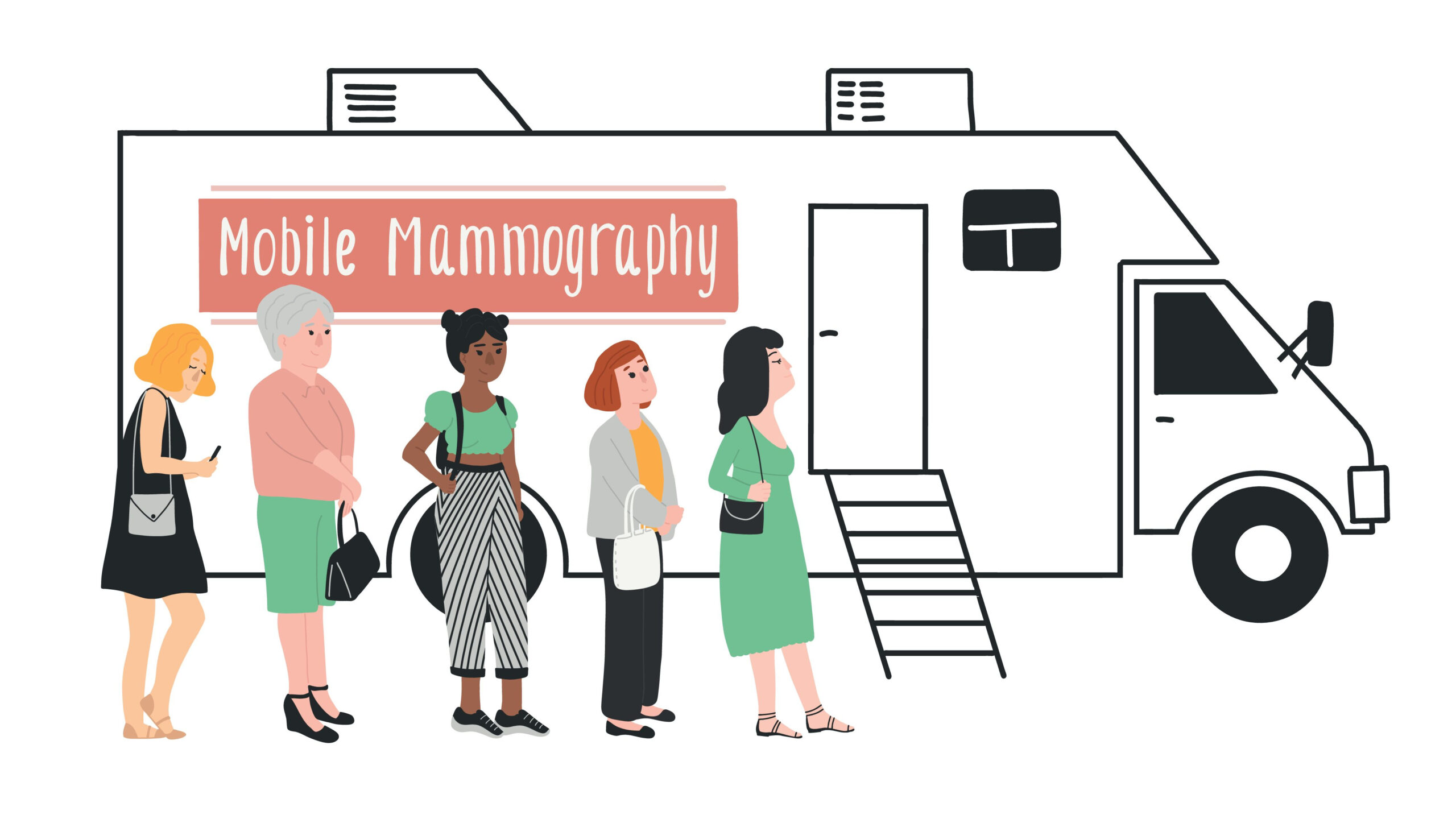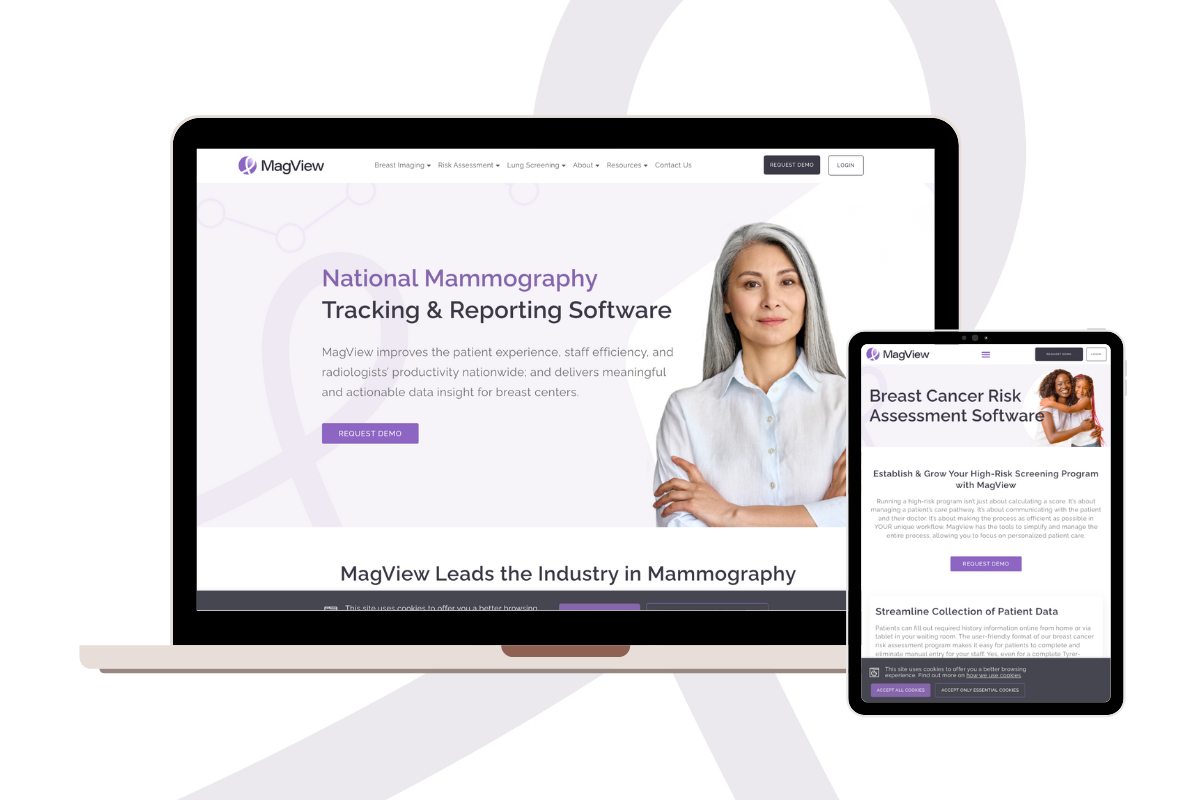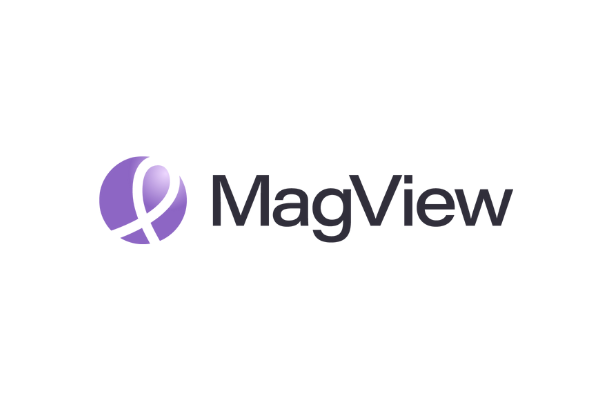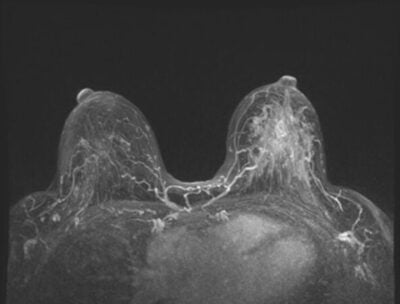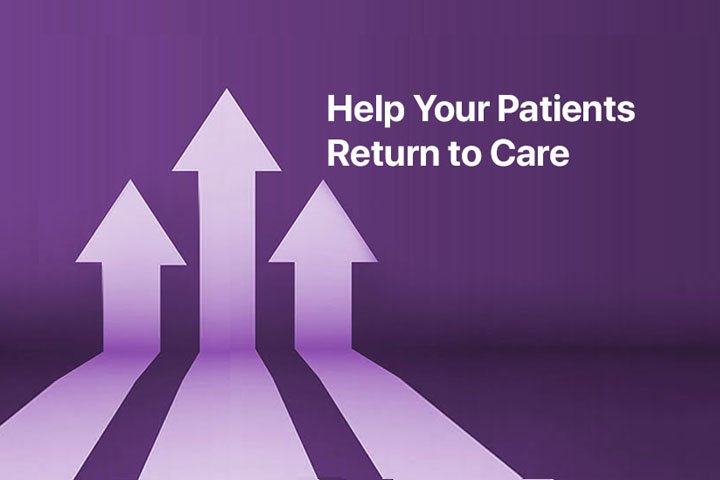With the growing influence of value-based pricing, pay for performance and the evolution of patient consumerism, providers are feeling new pressures to improve patient satisfaction, and enhance the patient experience. In a recent survey, 72% of healthcare leaders felt strongly that patient engagement and satisfaction will have a major impact on their organizations in the coming year.
There are many components to the patient experience, and many ways that breast imaging centers can work to improve patient experience. Traditional efforts have focused on the patient’s comfort, sensory experience, personal service, efficiency and interaction with staff within the practice. These are all essential elements, and form a solid foundation for the patient experience. But how can you take your patient experience to the next level? The next stage in improving the patient experience is to leverage advanced technology to engage the patient, and connect them directly to the care delivery process. This is the Patient Experience 3.0.
The Role of Technology
Leading edge technology solutions can be used to make the patient experience central from beginning to end. Upgraded point-of-care technology allows you to most accurately collect and share information, and increase the mobility of patients and staff. Advanced technology solutions allow you to communicate in a more dynamic, engaged and streamlined manner than would otherwise be possible. Most importantly, beyond improving the patient experience, this approach will also help you improve patient care by reducing mistakes and improving patient outcomes.
The MagView Patient Experience
The MagView patient experience is designed to streamline front desk and technologist workflow, reduce or eliminate paper work, provide patients with direct access to their registration and previous history information, decrease time in the waiting room and exam room, reduce time to results and eliminate barriers to information. The MagView patient experience includes many patient-centric tools that can be used to improve the patient experience.
Tablet
The MagView Patient Tablet allows the patient to document their history electronically using simple and easy to use screens that navigate the patient through questions, allowing the patient to simply confirm previous history reported, and add any new relevant history. The Patient Tablet saves the patient time, reduces errors in the information capture process and engages the patient directly in the process.
TechPad
The MagView TechPad allows the technologist to spend time directly reviewing patient history with the patient. Because the technologist doesn’t have to leave the room to retrieve paper, get information about the patient or use a fixed technologist workstation, the patient spends less time waiting, and more time engaged with the technologist.
Portal
The MagView Patient Portal allows the patient to electronically access their healthcare information, including results, letters and other elements that you select. This allows the patient to see their results as soon as they are finalized, and puts them in control of their electronic health record.
Patient Navigation
For groups that use Patient Navigators to help the patient through the diagnosis and treatment phases, the MagView Patient Navigation tools allow Navigators to track the navigation process most efficiently, and ensure that the patient receives the full benefit of navigation resources.
Electronic Consent and Signature
Using MagView’s paperless data capture, patients can review your electronic forms and capture acknowledgement and document consent in the most streamlined way, with minimal impact on the patient.
Email and Text Reminders
To ensure the highest level of communication between you and your patients, MagView allows you to employ email and texting based communication with your patients, including follow-up and appointment reminders.
Benefits
Using advanced technology offers the following benefits: Faster results; more engaged communication; eliminate re-entry of information already collected; less time waiting, more time engaged; improved patient perception; improved HCAHPS scores; Reduced mistakes; and, improved outcomes.




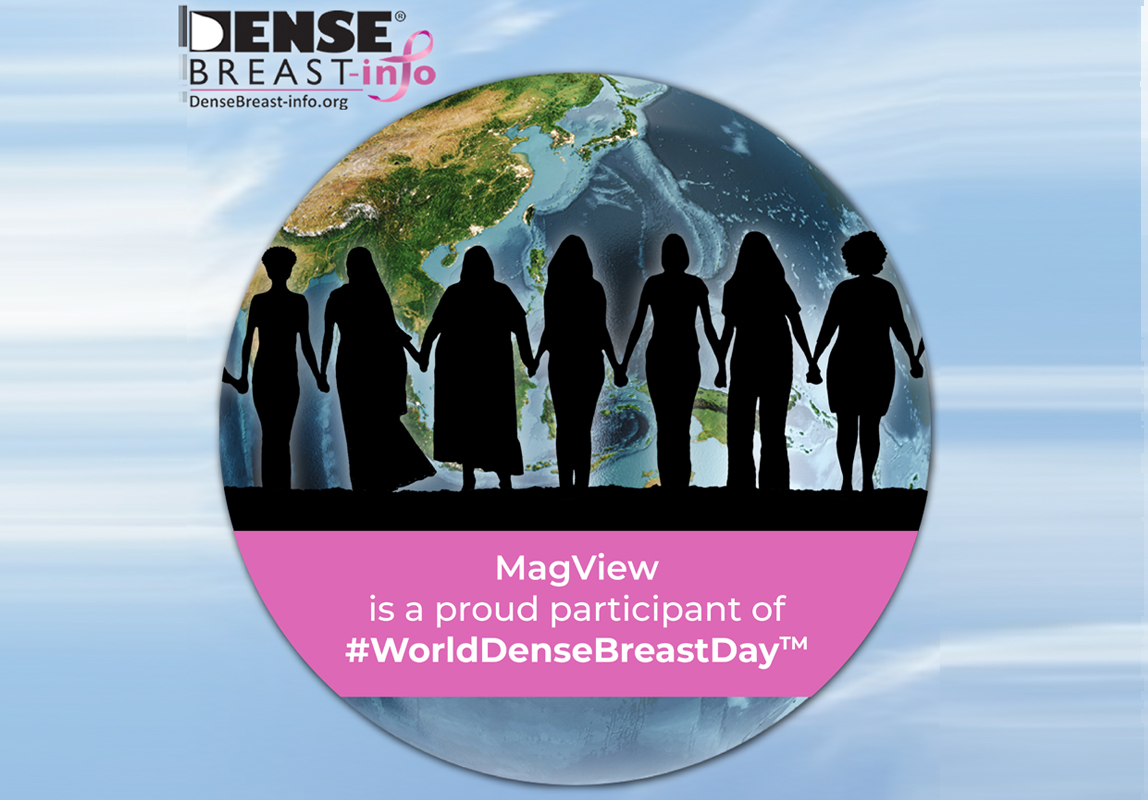
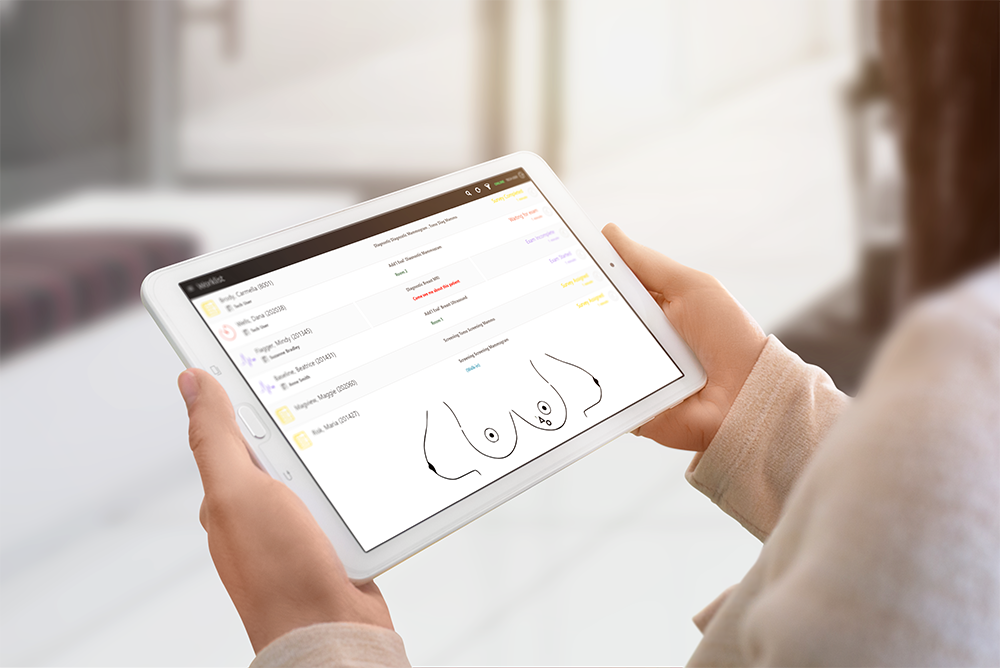
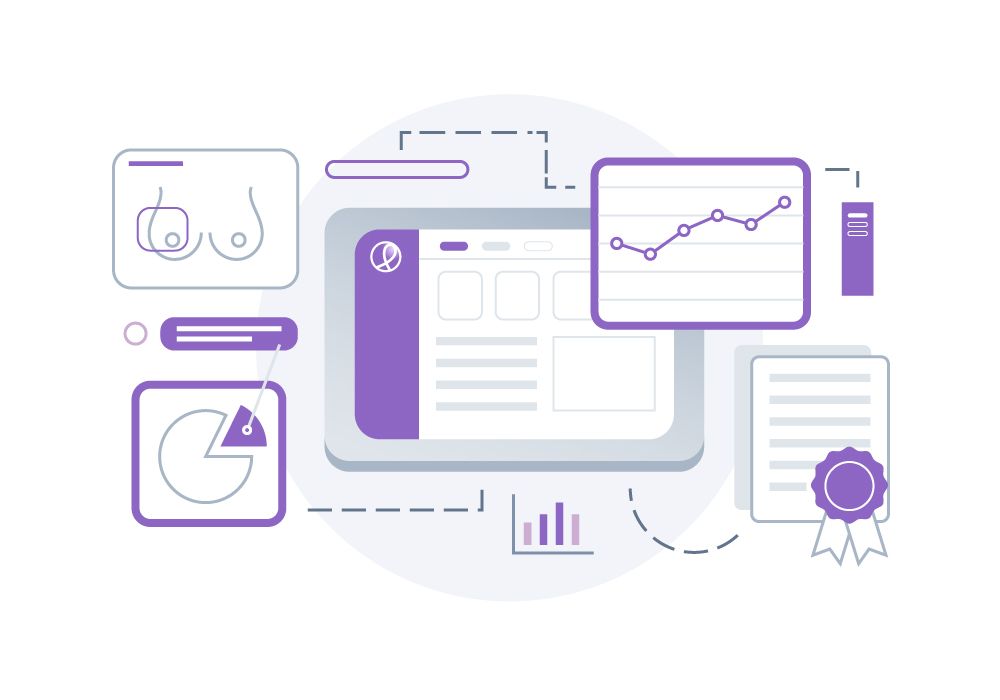
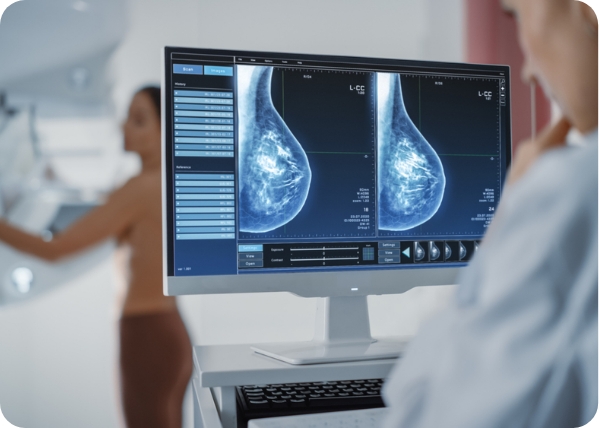


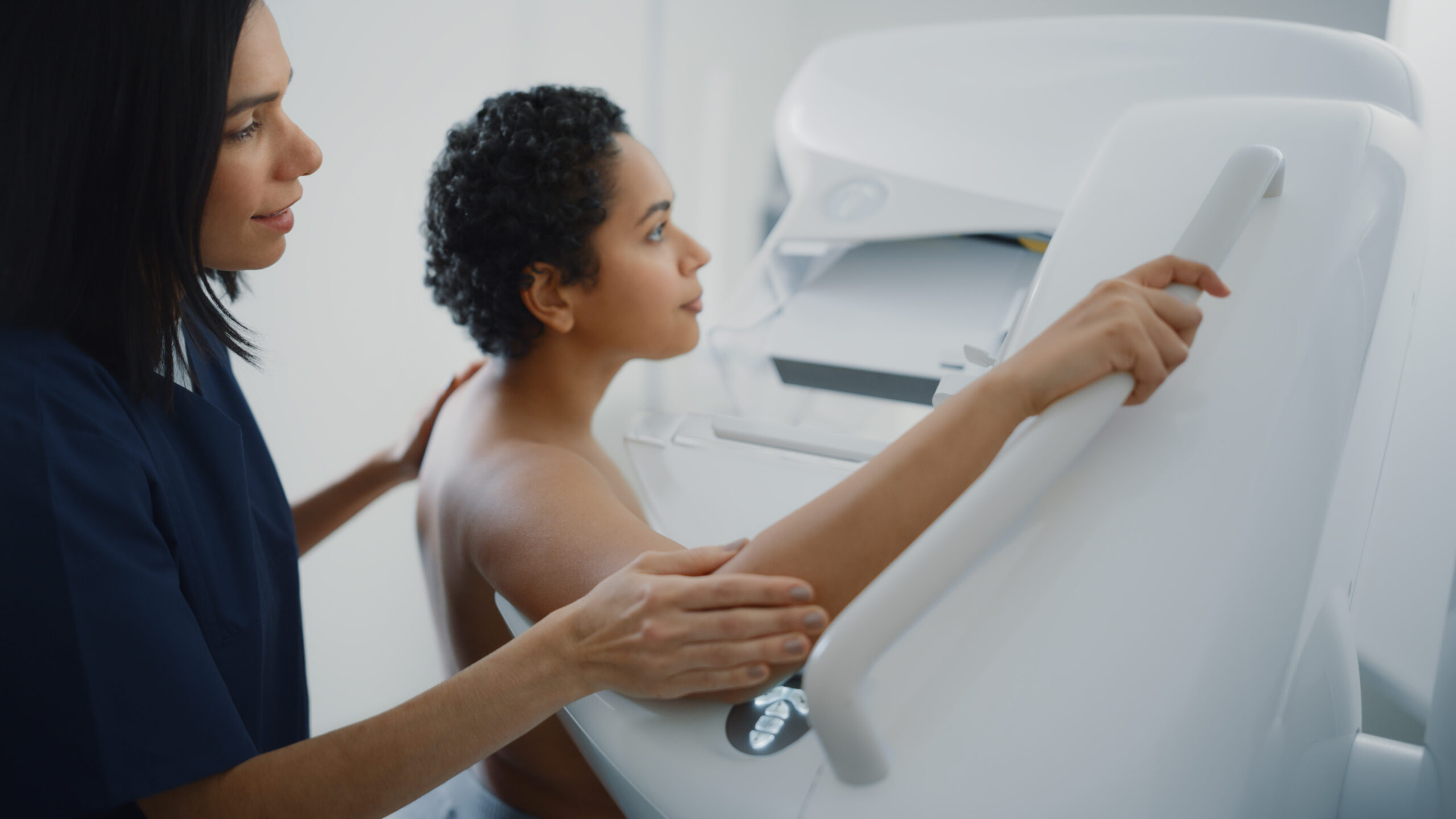
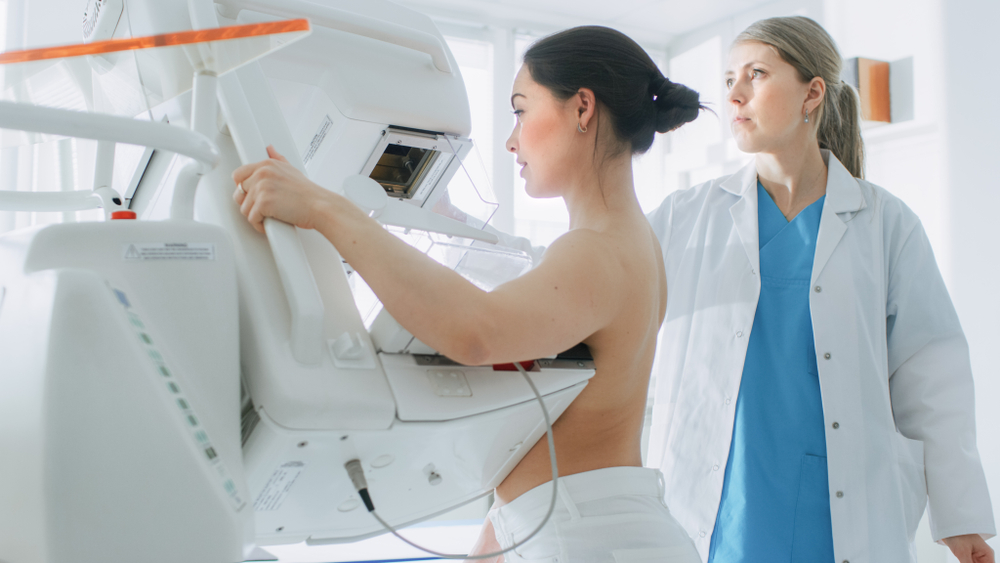
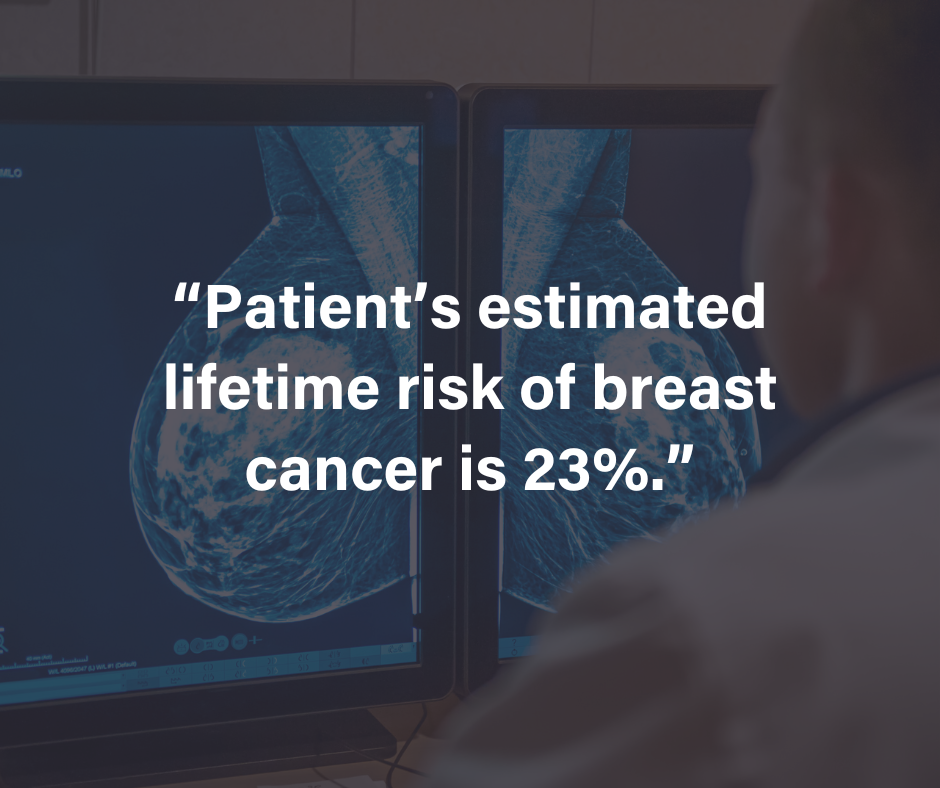




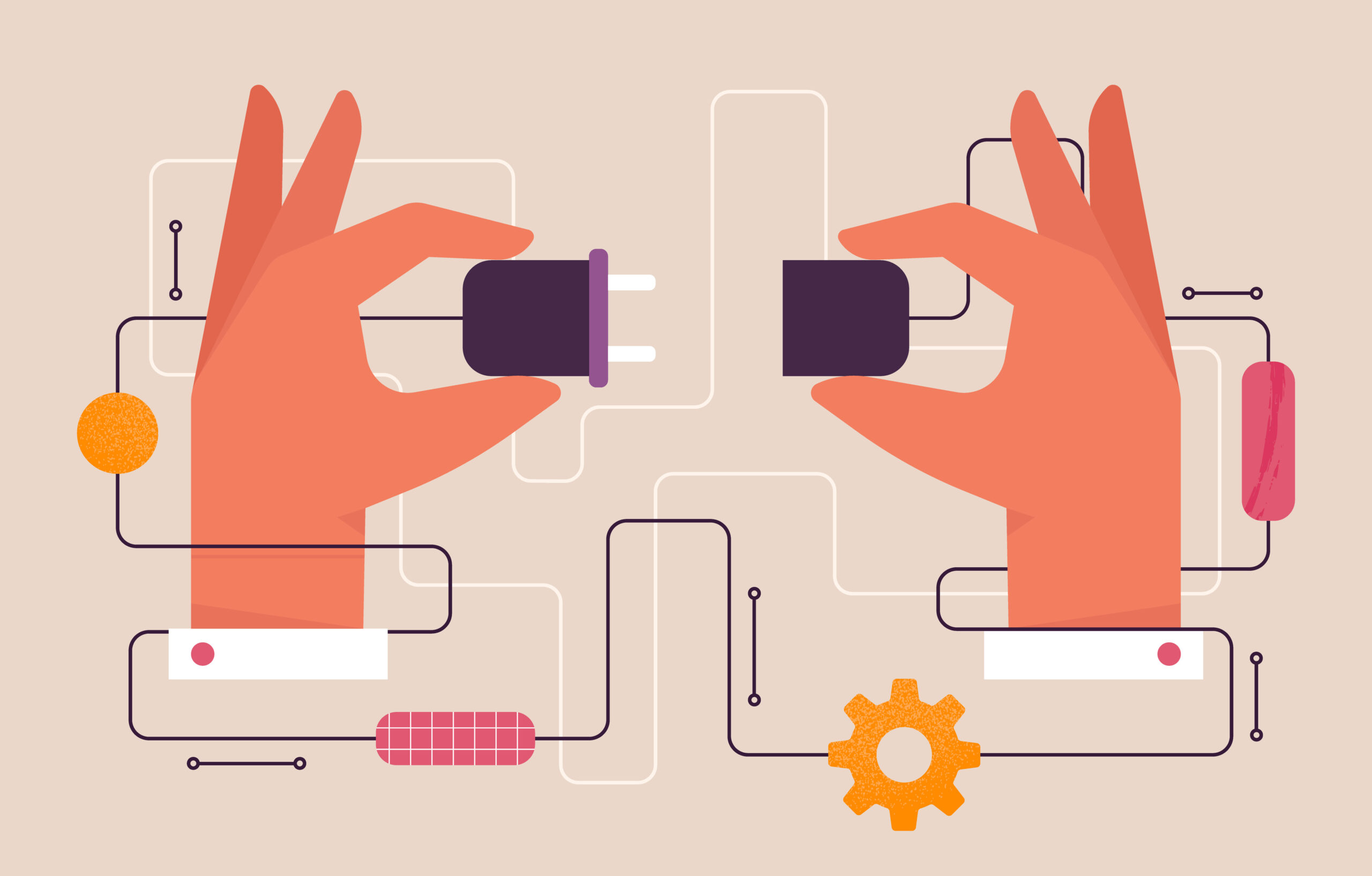
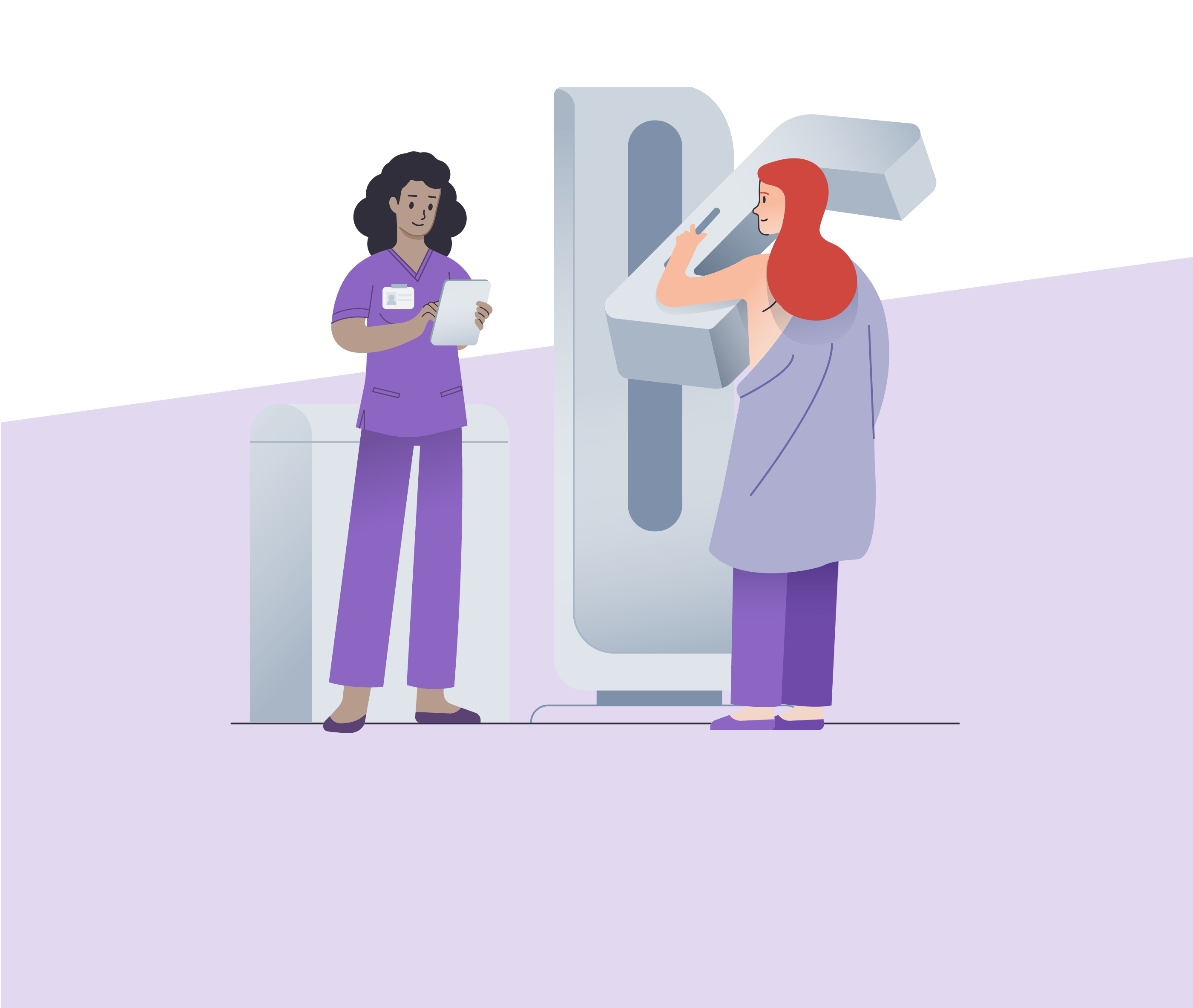

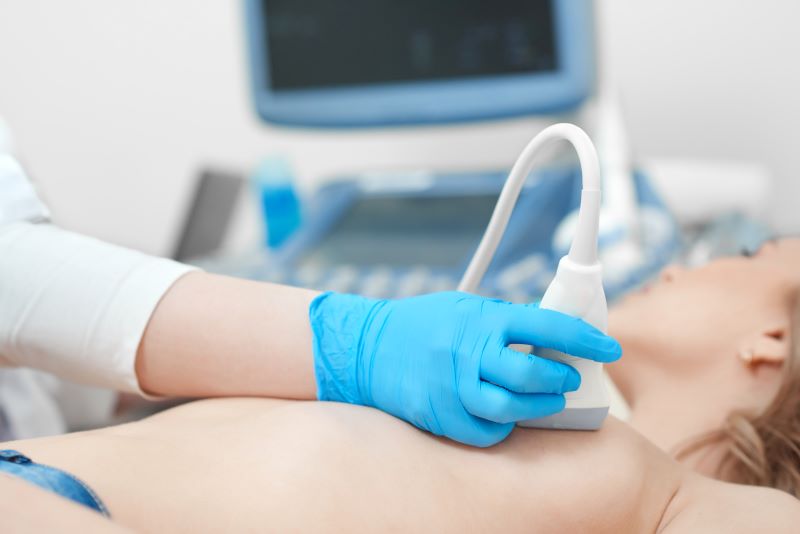
![monitoring breast density shutterstock_1299510538-[Converted]](https://magview.com/wp-content/uploads/2023/05/shutterstock_1299510538-Converted.jpg)
